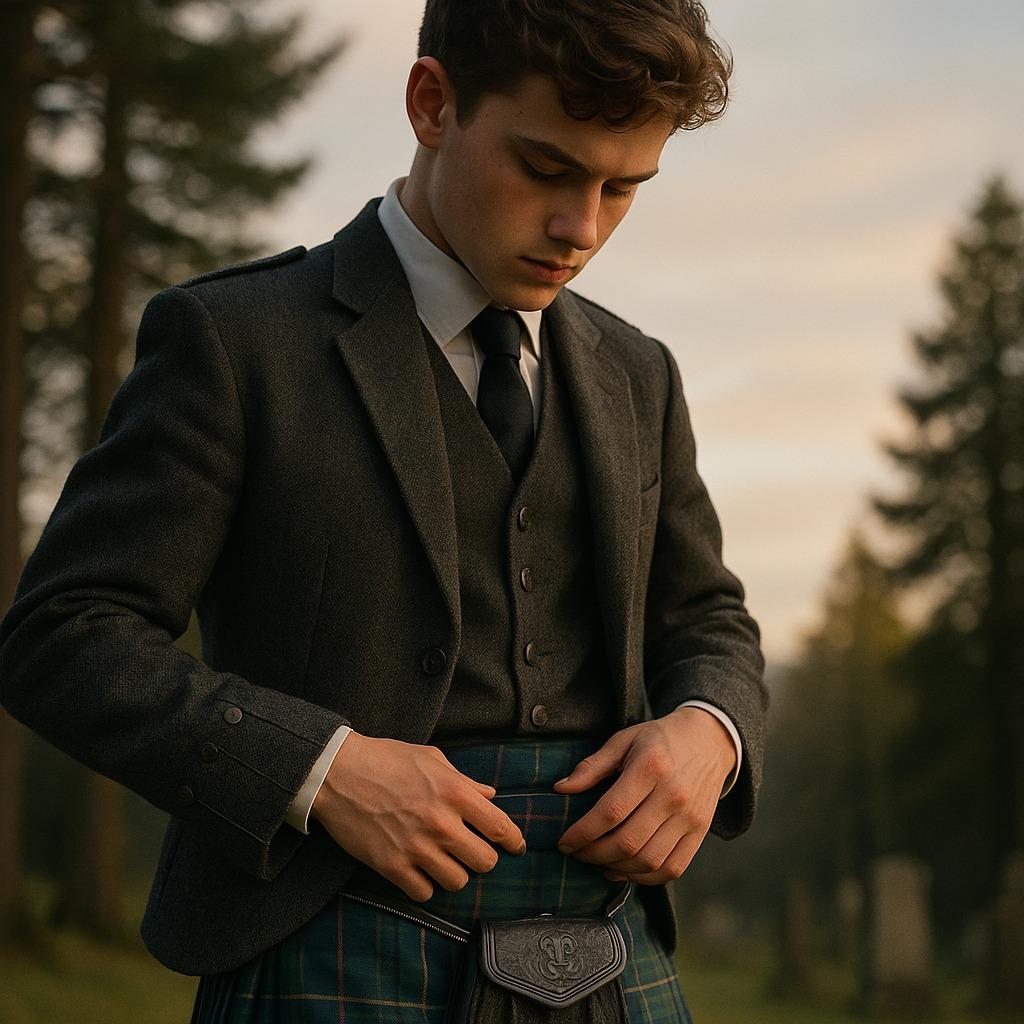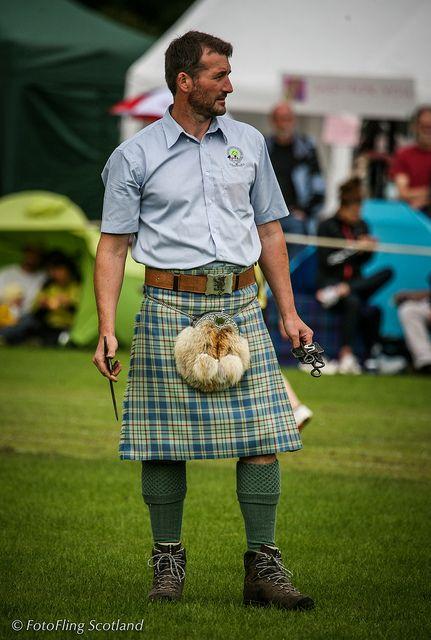Notifications

5 minutes, 28 seconds
-6 Views 0 Comments 0 Likes 0 Reviews

There are moments in life when everything changes—not outwardly, but inwardly. One of those moments, for many with Scottish roots or deep cultural ties, is the first time they wear a kilt with intention. Not as a costume or curiosity, but as a personal rite of passage. It might happen at a wedding, a graduation, a family reunion, or a funeral. But the feeling is the same: a crossing over into heritage, maturity, identity, and pride.
In this article, we explore how wearing a kilt transforms from tradition into transformation. Through family, ceremony, and emotion, the kilt becomes not just attire—but an awakening of self and belonging.
The moment someone first steps into a kilt, it feels different. There's a weight to it—physical and emotional. A young boy donning his clan tartan at his uncle's wedding or a teen in Highland dress for graduation—these are initiations into family and identity.
The pleats carry lineage, the sporran represents readiness, and the pin speaks of ceremony. What was once external now becomes internal.
Often, the kilt isn't new. It’s handed down—stitched with memories and softened by time. A father’s or grandfather’s kilt can become a wearable heirloom that connects generations.
The act of receiving and wearing that kilt is a rite as powerful as any ritual. It's more than fabric. It’s trust, legacy, and expectation, gently draped over the shoulders and fastened with care.
Wearing a kilt at life-changing events anchors those moments in cultural gravity. A groom wearing his tartan on his wedding day isn’t just dressed up—he’s affirming continuity. A student walking across a graduation stage in Highland dress claims not only academic success but personal heritage.
These are the times when the kilt becomes an extension of what is felt, not just what is worn.
Funerals introduce a unique emotional depth to the kilt. Wearing one in mourning is both tribute and testimony. It gives form to grief, structure to sorrow. In that setting, the kilt is not decorative—it becomes sacred armor, supporting the wearer through emotional weight.
For many, the first time in a kilt marks a symbolic transition into adulthood. It may be tied to a family ritual, a cultural celebration, or simply a parent’s decision to pass it down at a certain age.
The transformation isn’t in the fabric—it’s in the feeling. Confidence. Readiness. Belonging. The kilt wraps the wearer in unspoken initiation.
Many return to the kilt later in life after decades of disconnection. Wearing it again at a grandchild’s baptism or a clan gathering can reawaken parts of themselves they thought were dormant. In these moments, the kilt isn’t a throwback—it’s a return to self.
Even for those not of Scottish descent, the first time wearing a kilt with respect and understanding can be equally transformative. Whether through marriage, friendship, or admiration for Scottish culture, the experience becomes a statement of inclusion, respect, and new belonging.
Wearing a kilt is not about conformity—it’s about connection. To your family, your ancestors, your present, and your self. For many, that moment becomes a line between before and after.
It is in that pleated, storied, powerful fabric that we see not just tradition—but transition. And that is why, for so many, wearing a kilt becomes a rite of passage they never forget.
kilt rite of passage wearing a kilt first time kilt tradition Scottish kilt ceremony Highland dress emotion coming of age kilt

